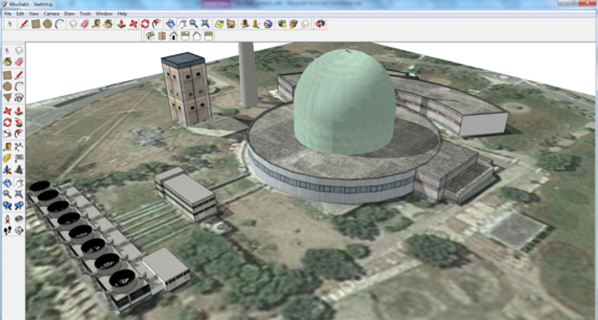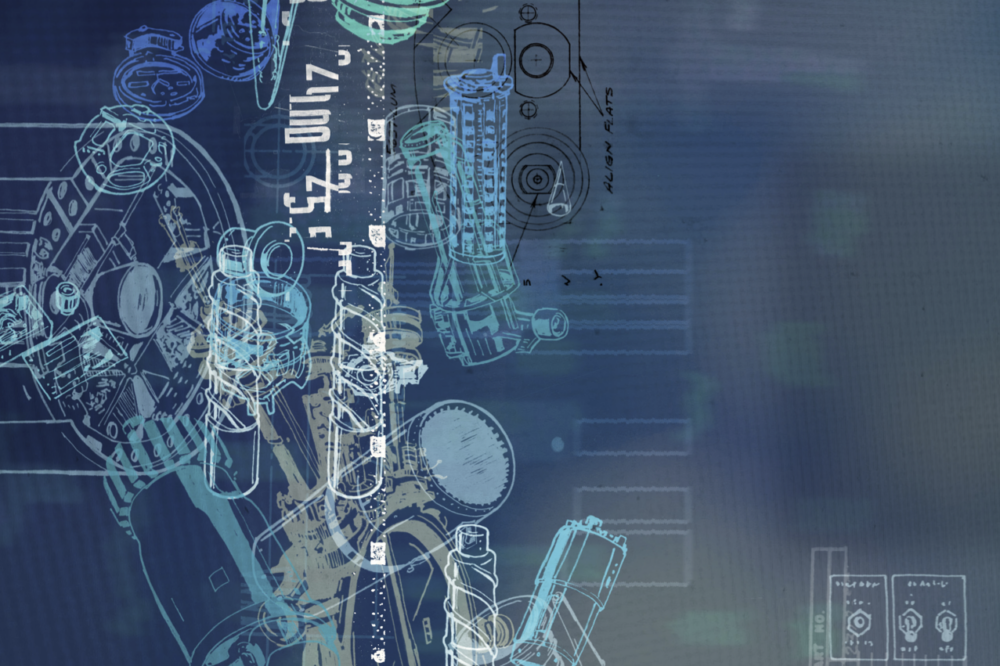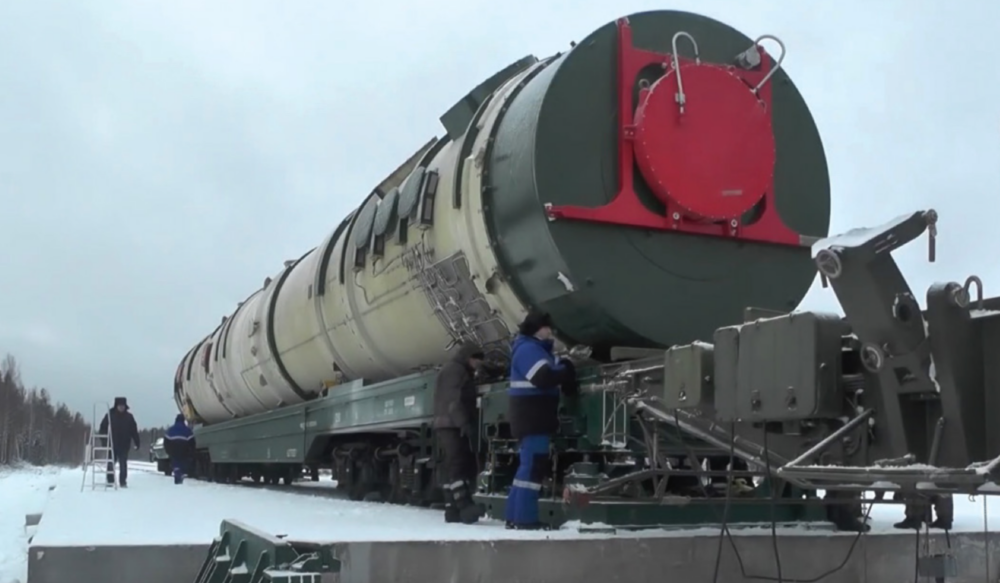
Jeffrey Lewis
Director of the East Asia Nonproliferation Program, The James Martin Center for Nonproliferation Studies
How did computer modeling help us solve the Matiran mystery?
Today we use computers for nearly everything – they’ve replaced typewriters, clocks, and even telephones. Your smart phone is really just a small computer.
As for really high-end computers, they allow all sorts of graphical wizardry. We are so used to seeing computer-generated images in movies that people are no longer impressed by computer-generated special effects. We take it for granted that JJ Abrams can have the computer nerds fly the Millennium Falcon through the wreckage of a Star Destroyer in the new Star Wars movie. We’re much more impressed with what are called “practical effects” like the new BB-8 droid.
Architects and engineers now use computer models extensively to design buildings. Computer-aided design (CAD) allows engineers to test the structural integrity of their designs; the whimsical structures of Frank Gerhy or the Aqua building in Chicago are only possible thanks to CAD.
Modeling also helps us understand structures that have already been built. Archeology and history programs often model ancient cities, such as Rome, or temples in Egypt. These models look cool of course, but more importantly they record a comprehensive understanding of place and relationship. The discipline involved in modeling a place is often essential to understanding it. As Bernard Frischer, director of the Rome Reborn project explained, “Across all branches of knowledge today, scientists have found that next to logical and quantitative analysis, visualization is a powerful tool for understanding and discovery. … Only when we see such data can we understand and analyze it. Often, only when we have a visualization do we even become aware of features always present but never apparent to the naked eye or unaided mind.”
We can do the same thing with nuclear facilities. How big is a nuclear reactor? It’s one thing to look at a picture and say “that’s really big,” but it’s another thing to model a reactor to its precise dimensions. A few years ago, there was a debate about the size of some nuclear reactors that Pakistan was building. Nuclear reactors produce plutonium, and Pakistan uses the plutonium produced in its reactors to build nuclear bombs. The bigger the reactors are, the more plutonium they can produce. Some U.S. experts claimed the new reactors were huge – 10 times as big as the first reactor that Pakistan had built. Others were more skeptical and said the new reactors were basically the same size. One of our students at the Center for Nonproliferation Studies, using computer-aided design tools, modeled the reactor halls and the cooling systems. Using a variety of information to build the models, she was able to show that the new reactors were the same size, and generated the same amount of heat, as Pakistan’s first reactor. Pakistan was increasing its ability to produce plutonium for nuclear bombs, but not nearly as quickly as others had warned.
In 2014, an Israeli television station released a satellite image that appeared to show a massive missile at a launch pad in Iran. The missile was much larger than anything that had ever been seen before in Iran and was capable, according to the reporter, of carrying a nuclear warhead all the way to the United States. Modeling the launch pad, however, revealed something interesting. In a typical launch set-up, a rocket is positioned over a “flame bucket” that makes sure the exhaust from the rocket is channeled safely away. The rocket is connected to an “umbilical” tower. A large gantry, which surrounds the rocket while it is assembled, has to be rolled back from the rocket for it to launch. The problem with the Israeli television report was that the supposed “rocket” was on the wrong-side of the gantry! The object in the picture could not have been a rocket. It was just an elevator that, in a slightly blurry image, looked a little bit like a rocket. That’s hard to explain, but it is easy to see.
How did computer modeling help us solve the Matiran mystery?
Computer modeling suggested that reports of an underground enrichment plant near the Matiran facility were not reliable. At CNS, we have modeled a large number of enrichment facilities, including the Pilot Fuel Enrichment Plant and Fuel Enrichment Plant in Iran, and North Korea’s enrichment plant at the Yongbyon Nuclear Research Center. The facility described at Matiran does not look like an enrichment facility, and does not seem suitable to house one.
In the slides shown by the dissident group, the dimensions are represented incorrectly. That is probably because this very strange configuration looks even stranger when drawn to scale. The facility, according to the dissidents, was a quartet of narrow halls connected by a single passageway running along one end.
This is a very strange layout, one that looks nothing like the layout of actual facilities known to house centrifuges, either for research and development or production. The layout of centrifuge facilities is not an accident; it reflects the function of the site. Enrichment facilities are not simply rows and rows of centrifuges. There is an enormous amount of space dedicated to control systems and equipment such as autoclaves that must be located around the centrifuges to allow the feeding and withdrawal of uranium hexafluoride.
A simple comparison of known centrifuge facilities to the one described by the dissidents shows that the story is not very plausible. The tunnels do not appear suitable even for a small enrichment facility, such as the North Korean gas centrifuge enrichment plant at Yongbyon, or even an R&D facility such as the Pilot Fuel Enrichment Plant at Natanz, in Iran. There does not appear to be enough space in the facility, as it was described, to accommodate a centrifuge facility.
Next read about Metadata, Civil Data, and Social Media.
Your are currently on
Sign up for our newsletter to get the latest on nuclear and biological threats.
With the Center for Advanced Defense Studies, NTI demonstrates the viability of using publicly available information and machine learning to detect nuclear proliferation.
Progress on nuclear arms limitation and reduction is at risk, learn more and dismantle a nuclear weapon in augmented reality. (CNS)
The first detailed, exclusively open-source assessment of the five new nuclear weapon systems announced by Russian President Vladimir Putin in 2018



